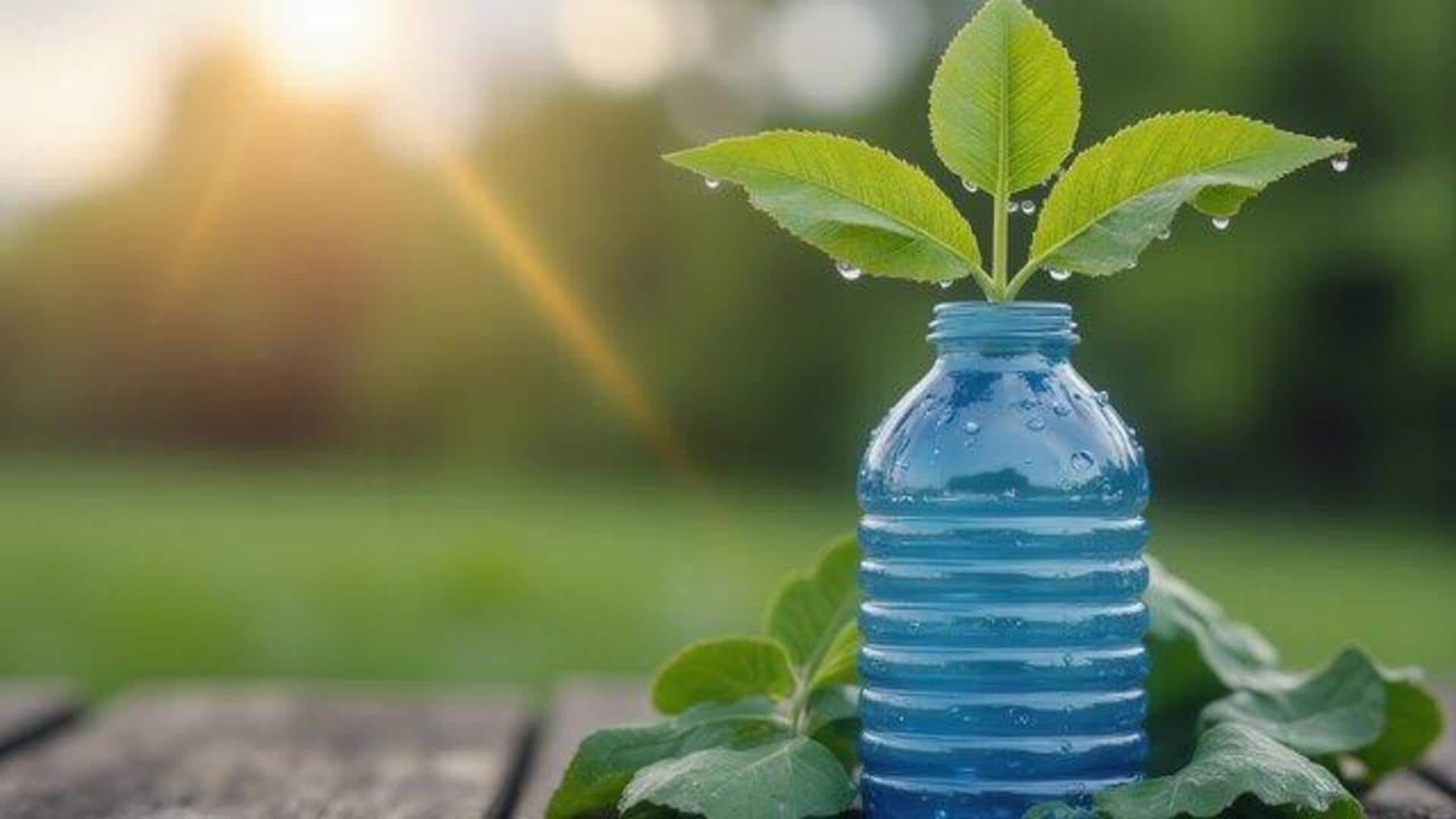
How to make a mini greenhouse with plastic bottles
What's the story
Creating mini greenhouses using plastic bottles is an innovative way to nurture seedlings. It's a cost-effective and eco-friendly technique, which repurposes plastic waste. By offering a controlled environment, these mini greenhouses help maintain the right temperature and humidity for seedling growth. They are easy to make, and you can customize them according to the space available. This makes them ideal for indoor/outdoor gardening enthusiasts.
Bottle selection
Choosing the right bottle size
Choosing the right bottle size is essential for making effective mini greenhouses. While smaller bottles work best for single seedlings, the larger ones can be used for multiple plants. Make sure the bottle is transparent to let maximum sunlight reach the seedlings. Clean the bottle properly before using it to eliminate any residues that may damage the seedlings.
Preparation steps
Preparing bottles for use
To prep your plastic bottles, cut them in half horizontally. The bottom part will function as a pot while the top is used as a cover. Make small drainage holes at the base of the bottom half to avoid waterlogging. This way, excess water can escape while the plants get enough moisture inside.
Planting process
Planting seedlings inside bottles
Once your bottle is ready, fill it with soil to about two-thirds of its height. Gently place your seedling into the soil and cover it with more soil if required. Water lightly until moist but not soggy. Position the top half of the bottle over this setup, ensuring it fits snugly without gaps that could let air escape.
Maintenance tips
Maintaining your mini greenhouse
Regular maintenance also guarantees healthy seedling growth in your mini greenhouse. Frequently check moisture levels; if you see condensation on the inside walls of your greenhouse, it's adequately humidified—otherwise, add water sparingly when required through small openings or by removing covers briefly during watering sessions every few days, depending on climate conditions outside where they're kept growing indoors or outdoors alike.